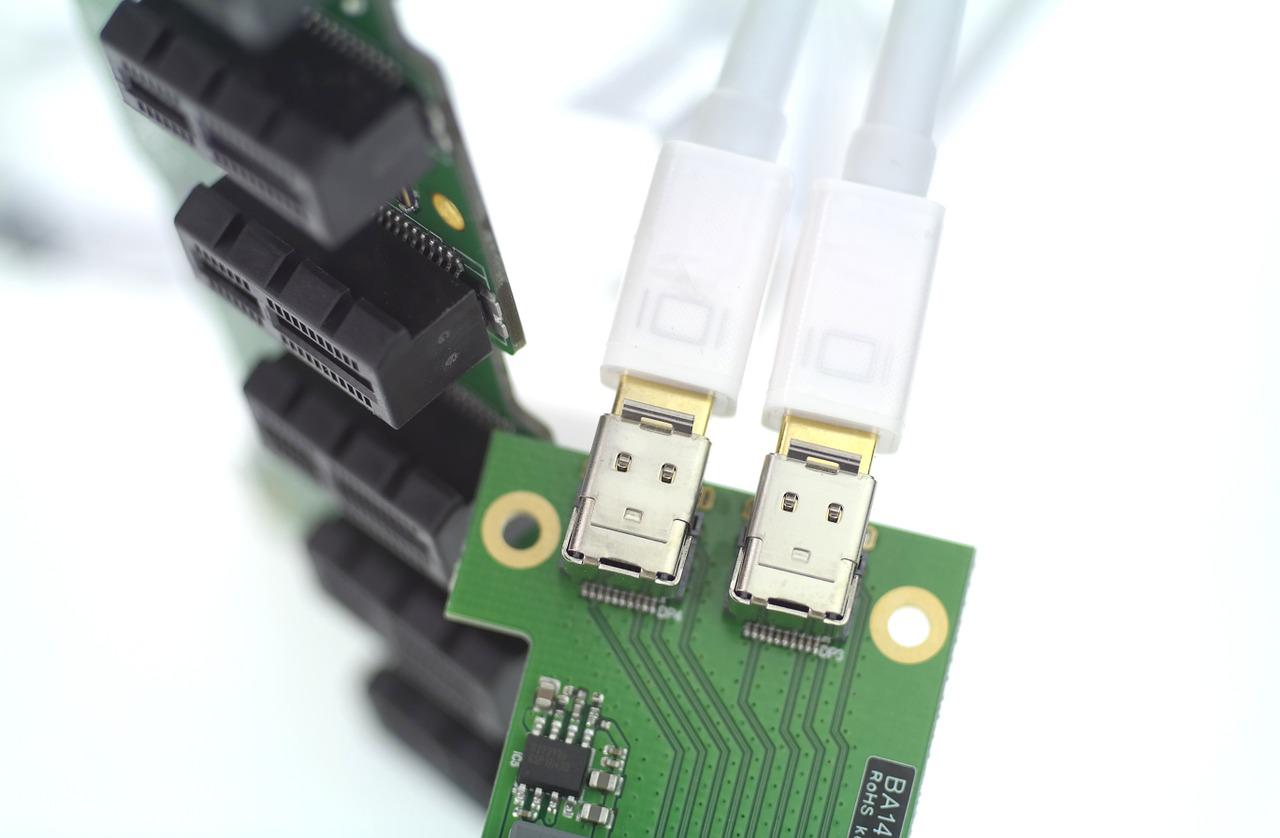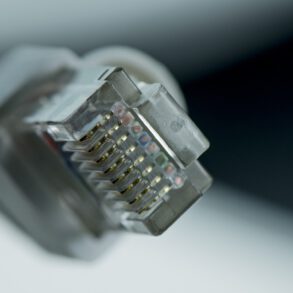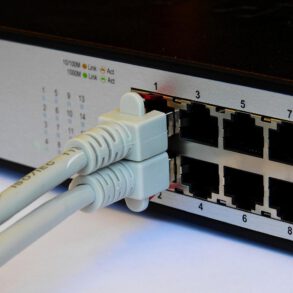My laptop has 4 devices listed in the Network sub-directory of the Device Manager. 2 of the devices are Bluetooth, both of the remaining devices are Qualcomm network adapters (1) Atheros AR956x wireless network adapter showing Ad Hoc 11n BUT its value is Disabled;
Popular question: Does Qualcomm Atheros AR956x support 5ghz?
Unfortunately, it doesn’t look like the Atheros AR956x supports dual-band (2.4 GHz and 5 GHz).
Here’s a quick list of the radio frequencies used by 802.11 a/b/g/n/ac:
a – 5 GHz
b – 2.4 GHz
g – 2.4 GHz
n – 2.4 and 5 GHz
ac – 2.4 and 5 GHz
So, although the 802.11n standard includes both 2.4 and 5 GHz, a wireless network adapter is not required to support both frequency bands. Originally Posted by SDGardella
If any of that info I provided above makes sense to you please let me know if it is good or bad and if I should do something about it. I can live with the slow connection speed though I have been thinking about changing ISP’s for a faster one.
Try running a few tests to gauge the quality of your current Internet connection. It’s best to turn off any other network devices (e.g. tablets, phones, media players, etc.) that could skew the results:
First, get a raw speed rating (run it 2 or 3 times and average the speeds)…
Next, run a network quality test…
(In order to run a more complete network quality test you’ll need to have a Java runtime installed. If you don’t already have the Java plugin installed, and/or aren’t familiar with using it, it’s best to install it, run the network test and then uninstall the plugin to avoid any security issues.)
A few tips regarding streaming video:
- Network latency is often more important than network speed. Data over networks are sent in packets (chunks of data). Each packet takes time to assemble, be transmitted by the sender (e.g. YouTube) and be received by the recipient (your computer). In between all of this is a little extra overhead of each side saying it’s ready for the next packet, it got the packet, and so on. The time spent between packets is the latency. The shorter the latency, the smoother a video plays back. Video buffering helps smooth out the rough edges. The video buffer is like a kitchen sink… if the faucet (your network line) can’t keep filling the sink fast enough to compensate for the drain (your computer) taking water away, eventually the sink will dry up temporarily cutting off the steady flow of water down the drain pipe.
- You may need to manually adjust the video resolution because the auto-detection isn’t always able to compensate for all network situations. People generally notice frequent buffering more than lower video resolution. It’s all about perception – a lower resolution video that plays smoothly is less annoying than a video that pauses a lot to refill the video buffer.
- Depending on the video resolution, your laptop may not be able to keep up with the network data transfer and playback. Bring up the Windows Task Manager and see what the CPU and network loads are like when streaming a video.
Wireless network adapters can connect via “infrastructure” or “ad-hoc” mode. Infrastructure mode is used when connecting to wireless access points like those provided by wireless routers. Ad-hoc mode allows one computer to connect directly to another computer without the need for a dedicated access point. It’s fine to leave ad-hoc mode disabled.




